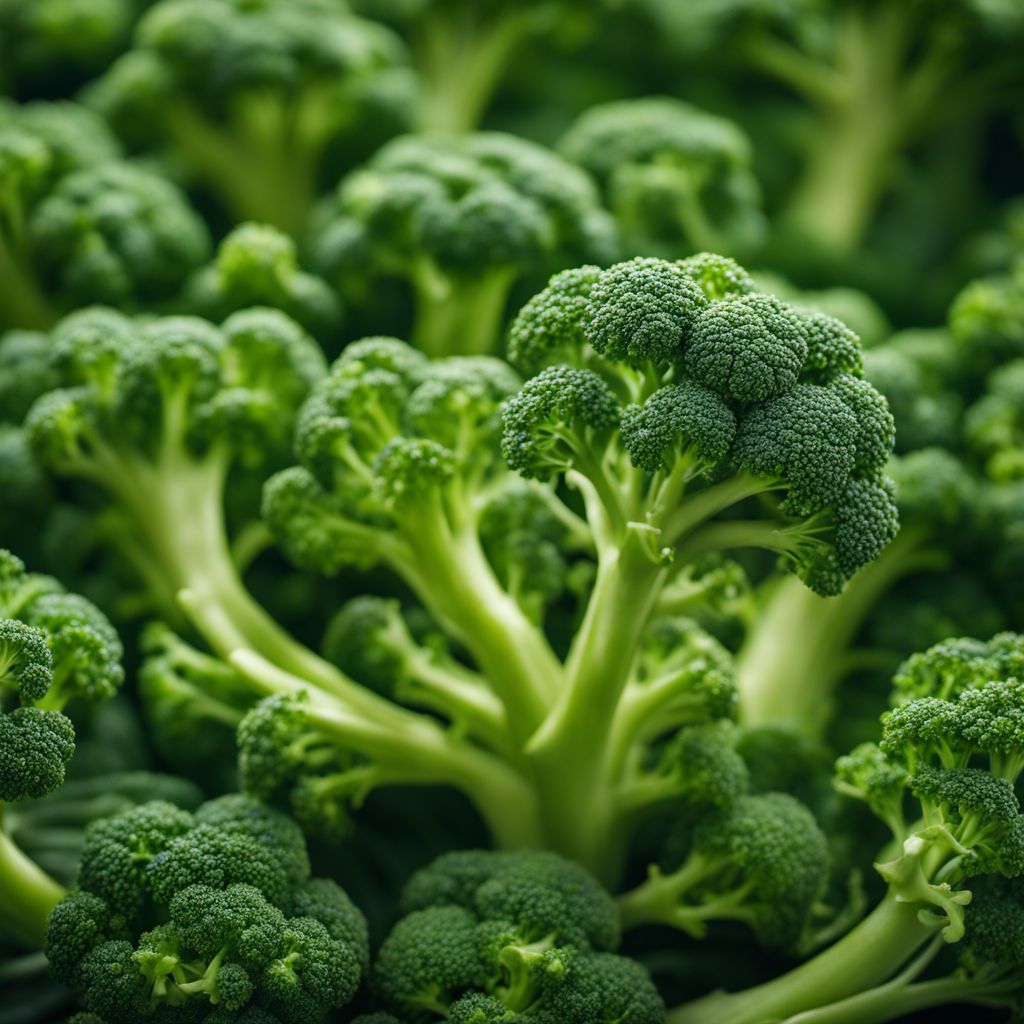
Ingredient
Broccoli
The Nutrient Powerhouse: Broccoli
Broccoli is characterized by its dense clusters of tightly packed florets, which are attached to a thick, edible stalk. The florets have a slightly bitter taste, while the stalks are milder and have a crisp texture. The overall flavor of broccoli is earthy and slightly sweet when cooked. Its appearance is vibrant green, and the texture can vary depending on the cooking method, ranging from tender-crisp to soft.
Origins and history
Broccoli is believed to have originated in the Mediterranean region and has been cultivated for over 2,000 years. It was introduced to the United States in the 18th century by Italian immigrants. Broccoli gained popularity in the 20th century due to its nutritional value and versatility in cooking. Today, it is widely cultivated and consumed worldwide.
Nutritional information
Broccoli is a nutritional powerhouse, packed with essential vitamins and minerals. It is an excellent source of vitamin C, vitamin K, and folate. It also contains fiber, which aids in digestion, and various antioxidants that help protect against chronic diseases. Additionally, broccoli is low in calories and rich in water content, making it a great choice for weight management.
Allergens
There are no known allergens associated with broccoli.
How to select
When selecting broccoli, look for firm, compact heads with tightly closed florets. The color should be vibrant green, without any yellowing or browning. Avoid broccoli with wilted leaves or signs of decay. The stalks should be firm and not woody. For the best flavor and texture, choose smaller heads of broccoli, as they tend to be more tender.
Storage recommendations
To maintain the freshness of broccoli, store it in the refrigerator. Wrap the heads in a damp paper towel or place them in a perforated plastic bag to retain moisture. It is best to consume broccoli within a few days of purchase to ensure its quality and nutritional value.
How to produce
Broccoli can be grown in home gardens or larger-scale farms. It requires a cool climate and well-drained soil. It can be started from seeds or transplanted as young seedlings. Regular watering and proper fertilization are essential for optimal growth. Harvesting should be done when the florets are tightly closed and before they start to turn yellow.
Preparation tips
Broccoli can be prepared in various ways, including steaming, boiling, roasting, or stir-frying. Steaming or blanching broccoli helps retain its vibrant green color and crisp texture. It can be used as a side dish, added to salads, soups, or stir-fries, or incorporated into pasta dishes and casseroles. Broccoli can also be enjoyed raw in salads or as part of a crudité platter. To enhance the flavor, try tossing cooked broccoli with olive oil, garlic, lemon juice, or Parmesan cheese.
Substitutions
Cauliflower can be used as a suitable substitute for broccoli, as they both belong to the cruciferous family and have a similar texture and flavor when cooked. Other alternatives include broccolini, which is a hybrid of broccoli and Chinese kale, or Brussels sprouts, which have a slightly milder taste.
Culinary uses
Broccoli is a versatile vegetable that can be used in a wide range of dishes. It is commonly used in stir-fries, pasta dishes, and casseroles. It can also be added to soups, stews, or grain bowls. In salads, it adds a refreshing crunch and vibrant color. Broccoli can be roasted or grilled to bring out its natural sweetness and enhance its flavor. It is a popular ingredient in dishes like broccoli cheddar soup, broccoli and cheese casserole, or broccoli stir-fry.
Availability
Broccoli is widely available and cultivated in many countries around the world. It is commonly found in North America, Europe, and Asia. It is also readily available in supermarkets, grocery stores, and farmers markets throughout the year.
More ingredients from this category
Recipes using Broccoli » Browse all

Lard Na - Thai Stir-Fried Wide Noodles with Gravy
Savory Delight: Thai Noodles in Flavorful Gravy

Beef & Broccoli Fast Food Style
Savory Beef & Broccoli Stir-Fry: Fast Food Edition
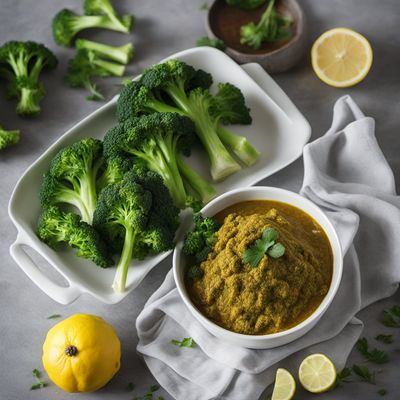
Bangladeshi-style Lemon Broccoli Stir Fry
Zesty Broccoli Bhaja: A Tangy Twist to a Classic Stir Fry

Chinese-inspired Vegetable Stir-fry
Sizzling Wok Delight: A Burst of Flavors in Chinese Vegetable Stir-fry

Broccoli with Lemon Sauce
Zesty Lemon Broccoli Delight

Parsi-style Broccoli and Potato Curry
Savor the Flavors of Parsi Cuisine with this Broccoli and Potato Delight

Crispy Eel Delight
Golden Crispy Eel Slices with a Tangy Twist
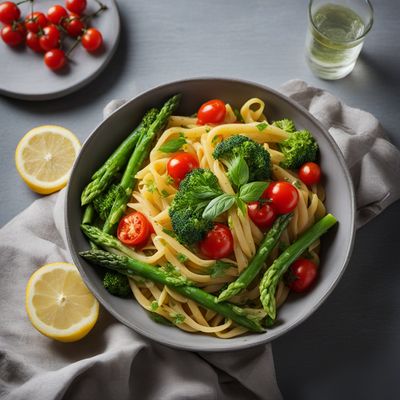
Pasta Primavera with Lemon Garlic Sauce
Springtime Delight: Pasta Primavera with Zesty Lemon Garlic Sauce
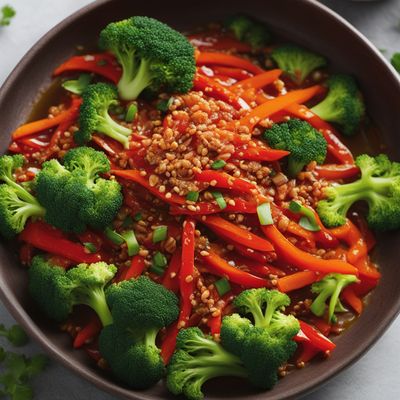
Fènglísū with a Twist
Savory and Spicy Chinese Tofu Stir-Fry
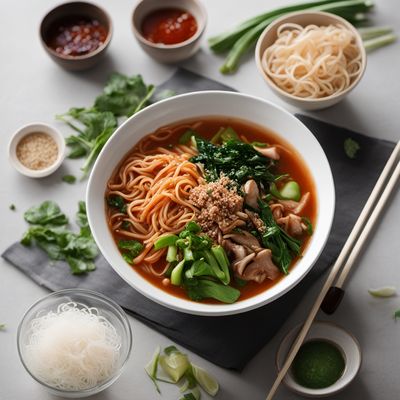
Kimchi Noodle Soup
Spicy and Tangy Kimchi Noodle Soup - A Burst of Korean Flavors
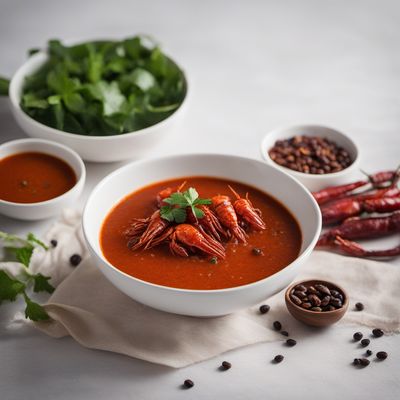
Gbegiri Soup
Velvety Nigerian Gbegiri Delight
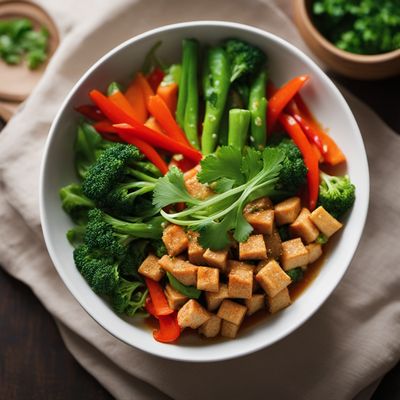
Ñachi Stir-Fry
Buddhist Bliss Stir-Fry: A Fusion of Ecuadorian Ñachi and Chinese Buddhist Cuisine
